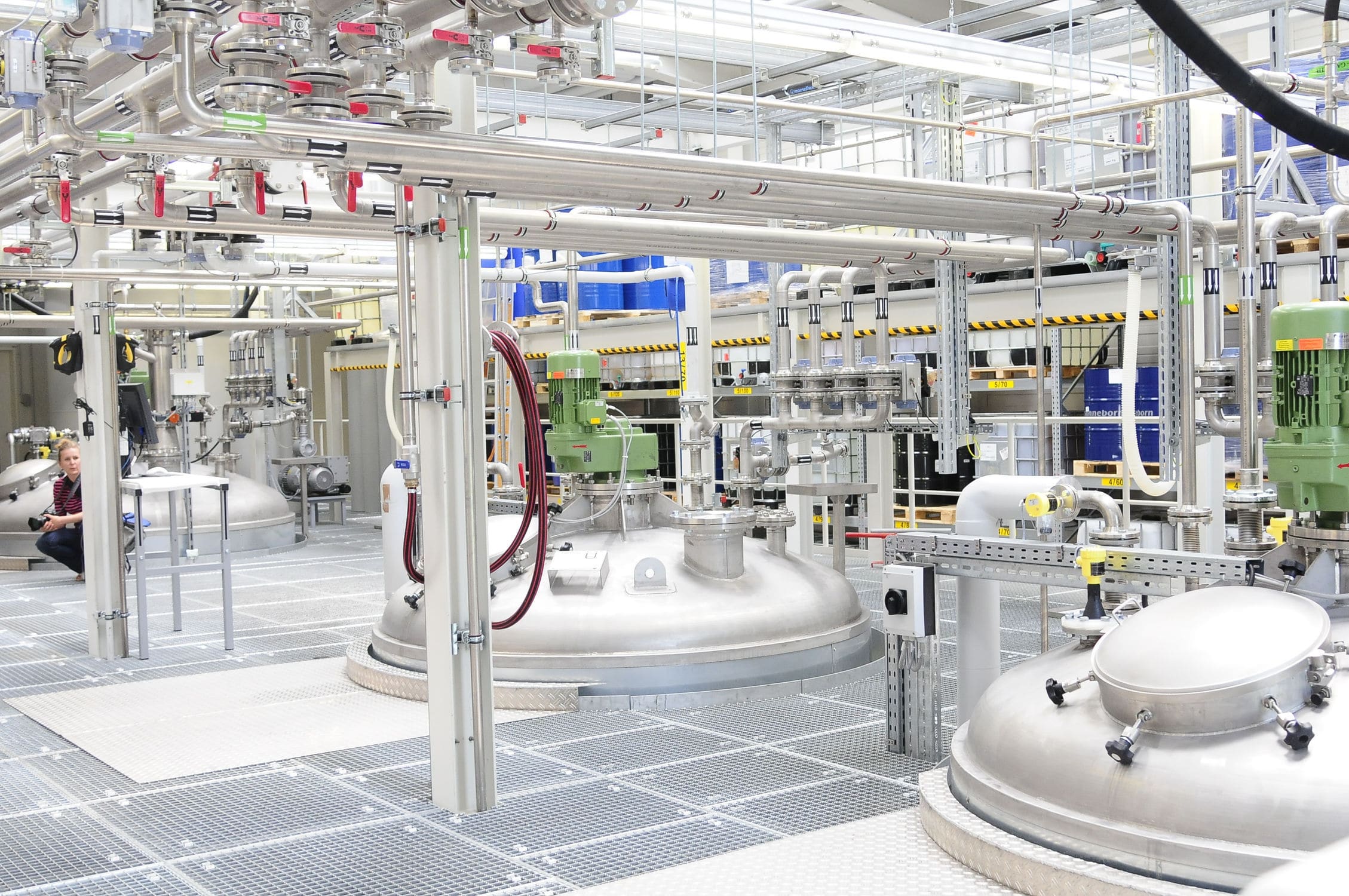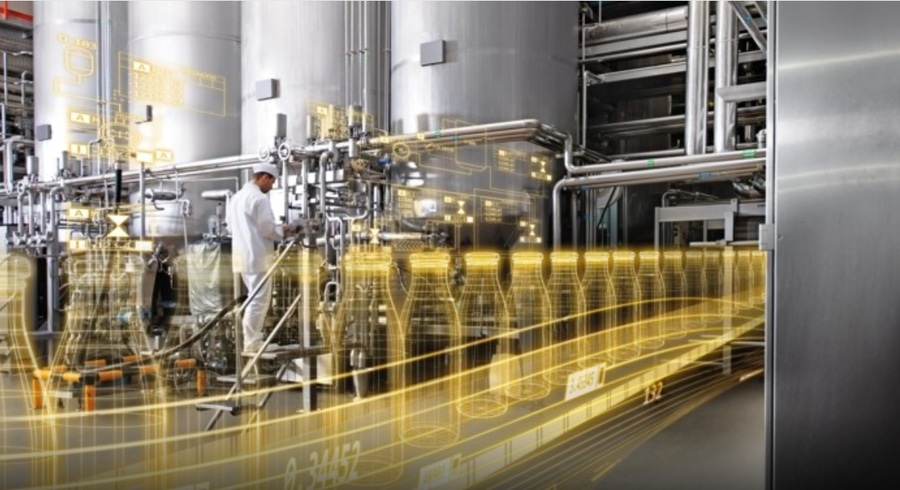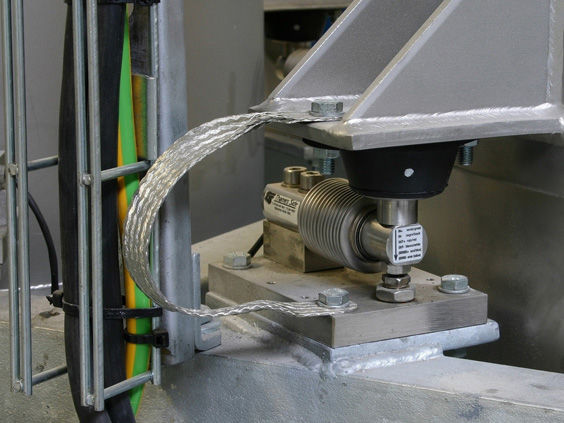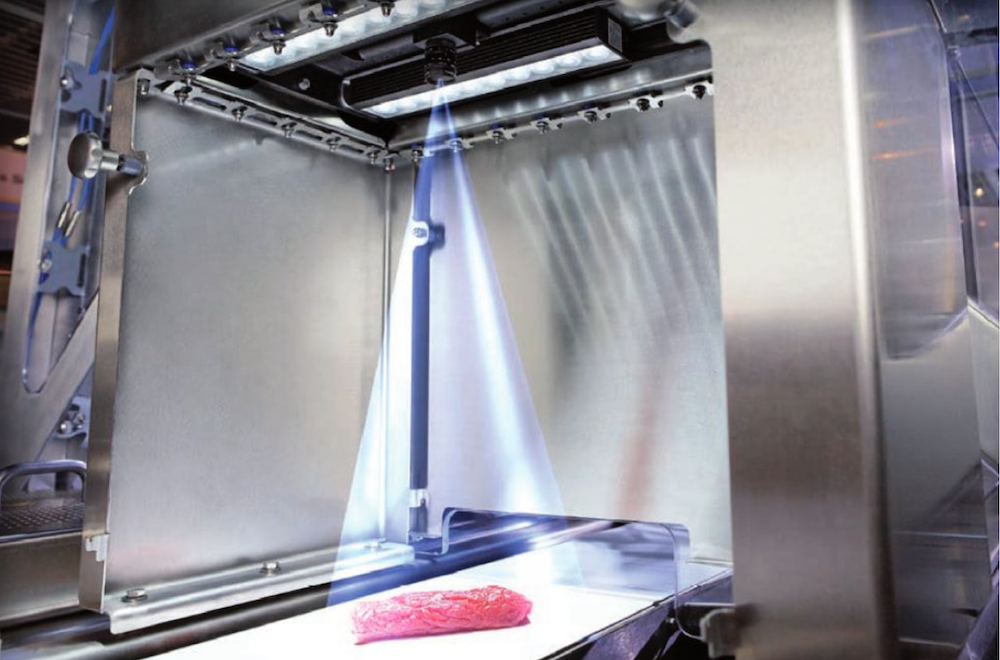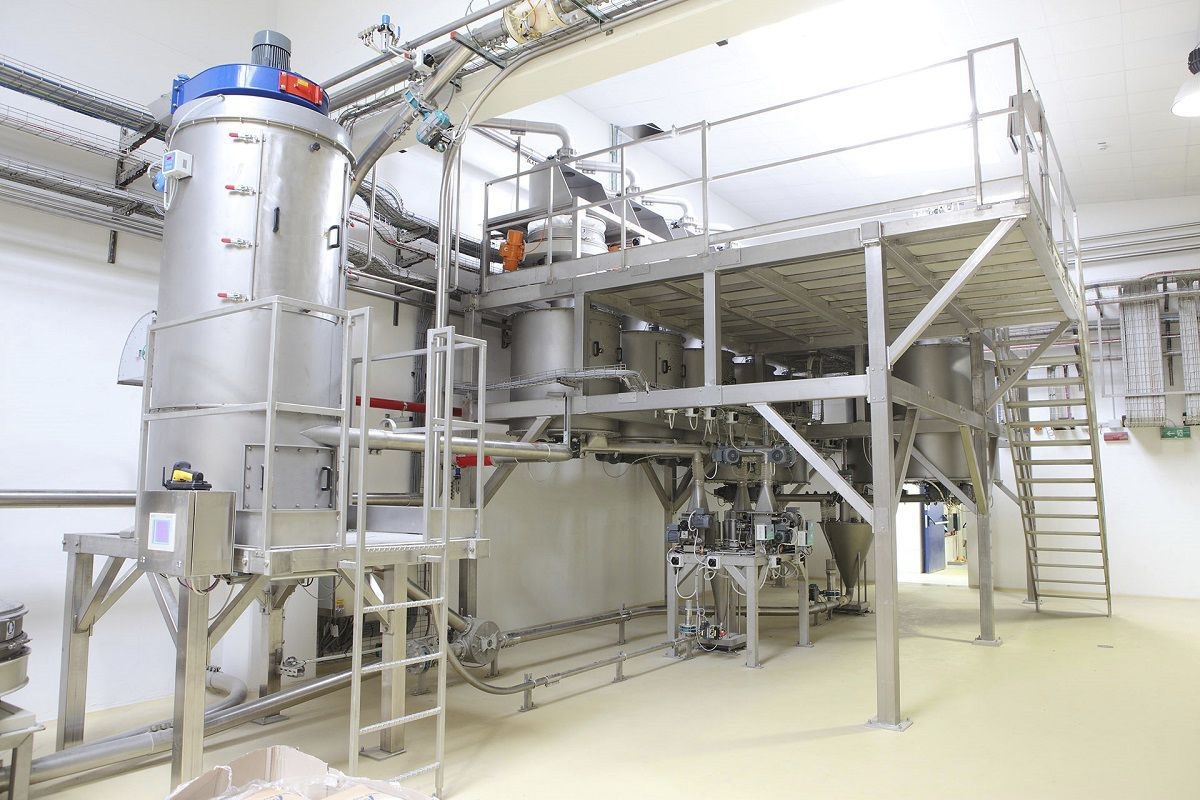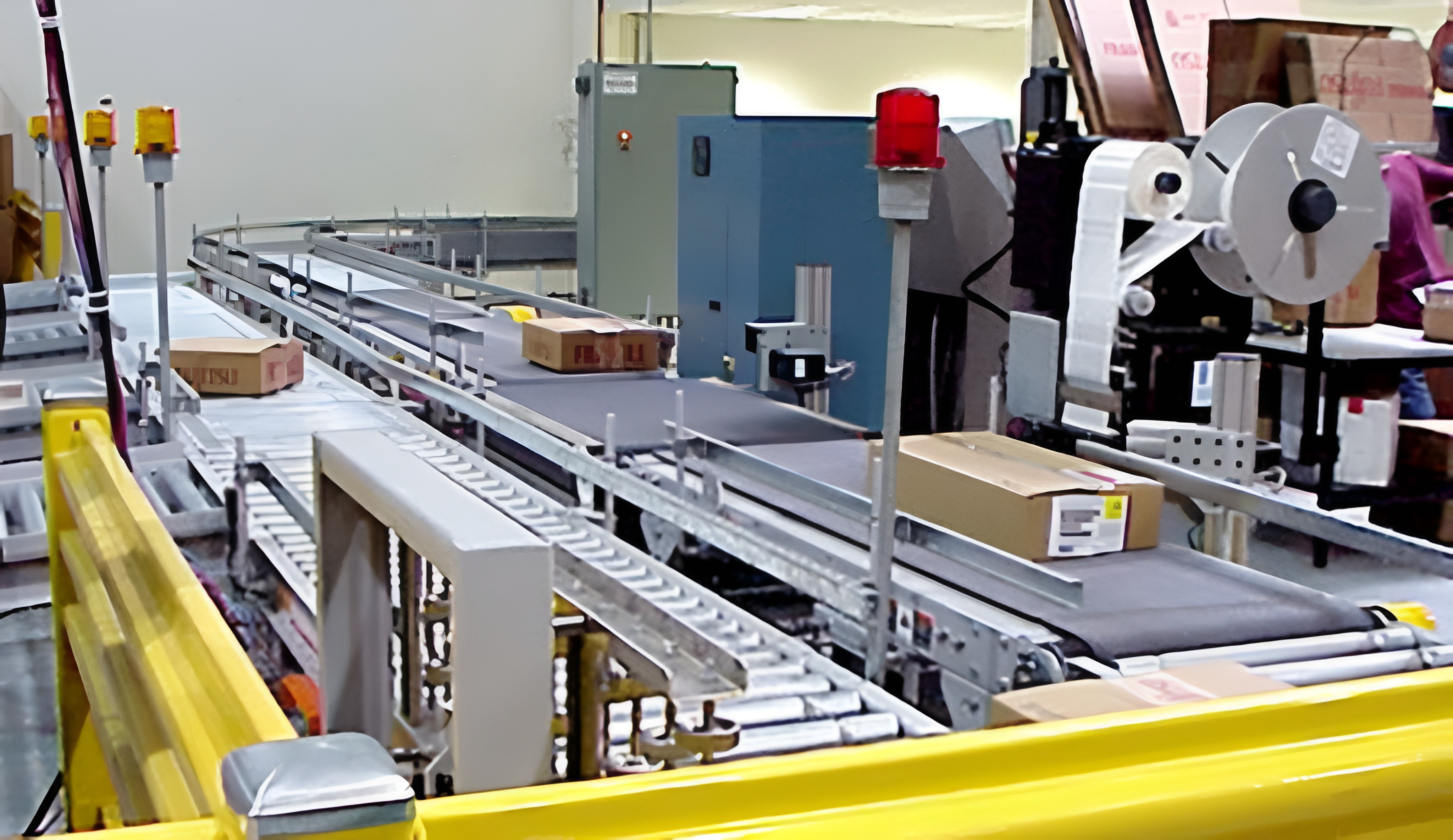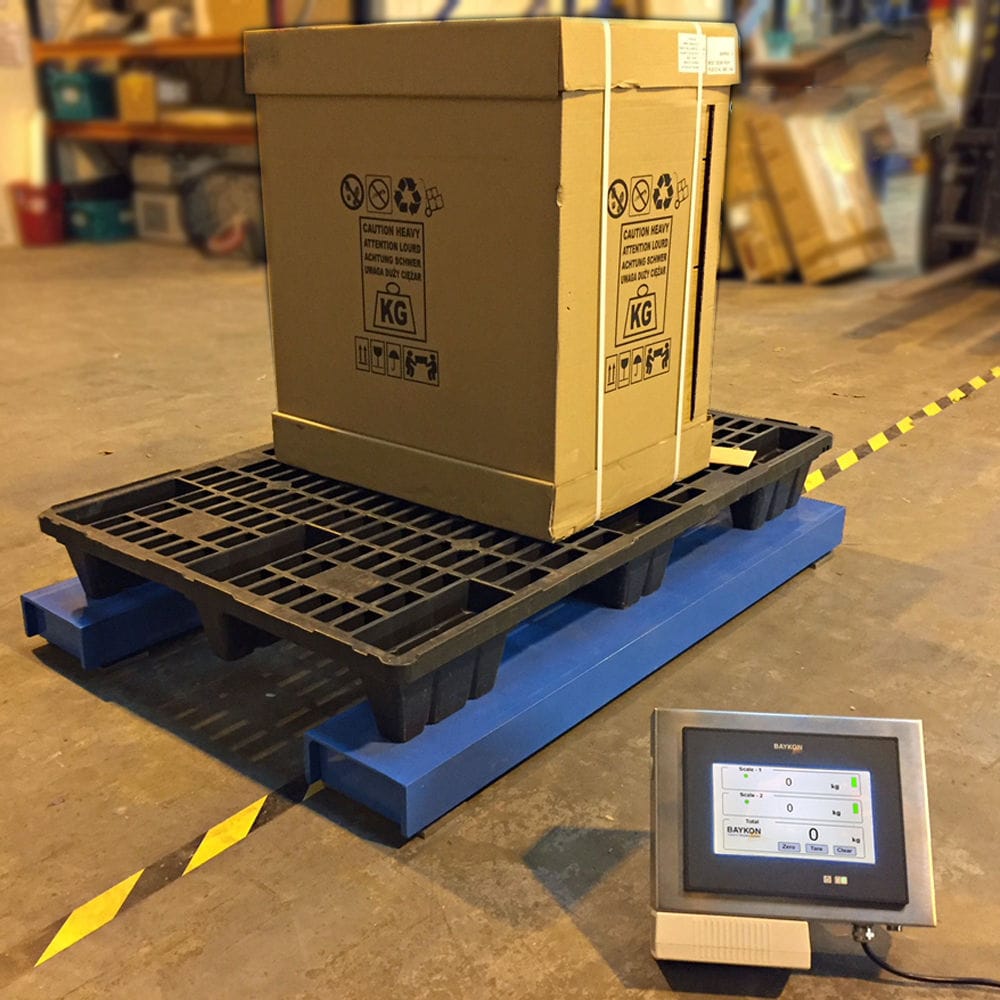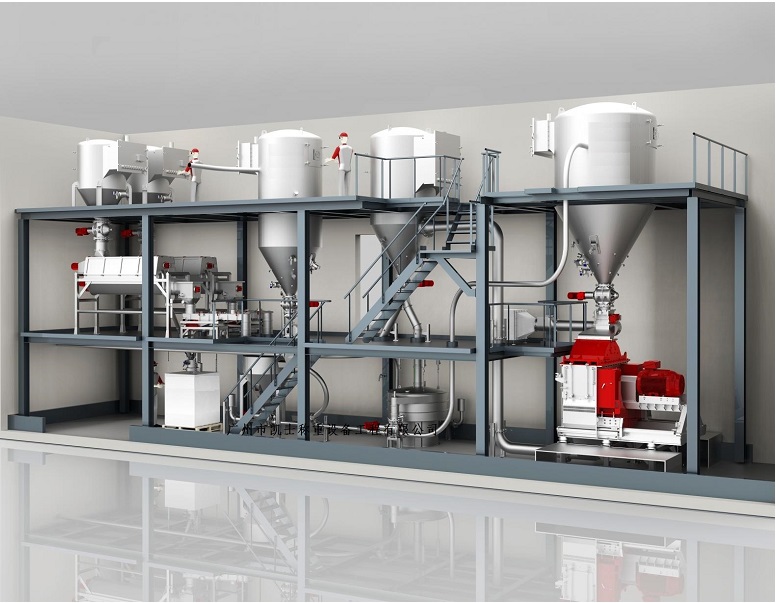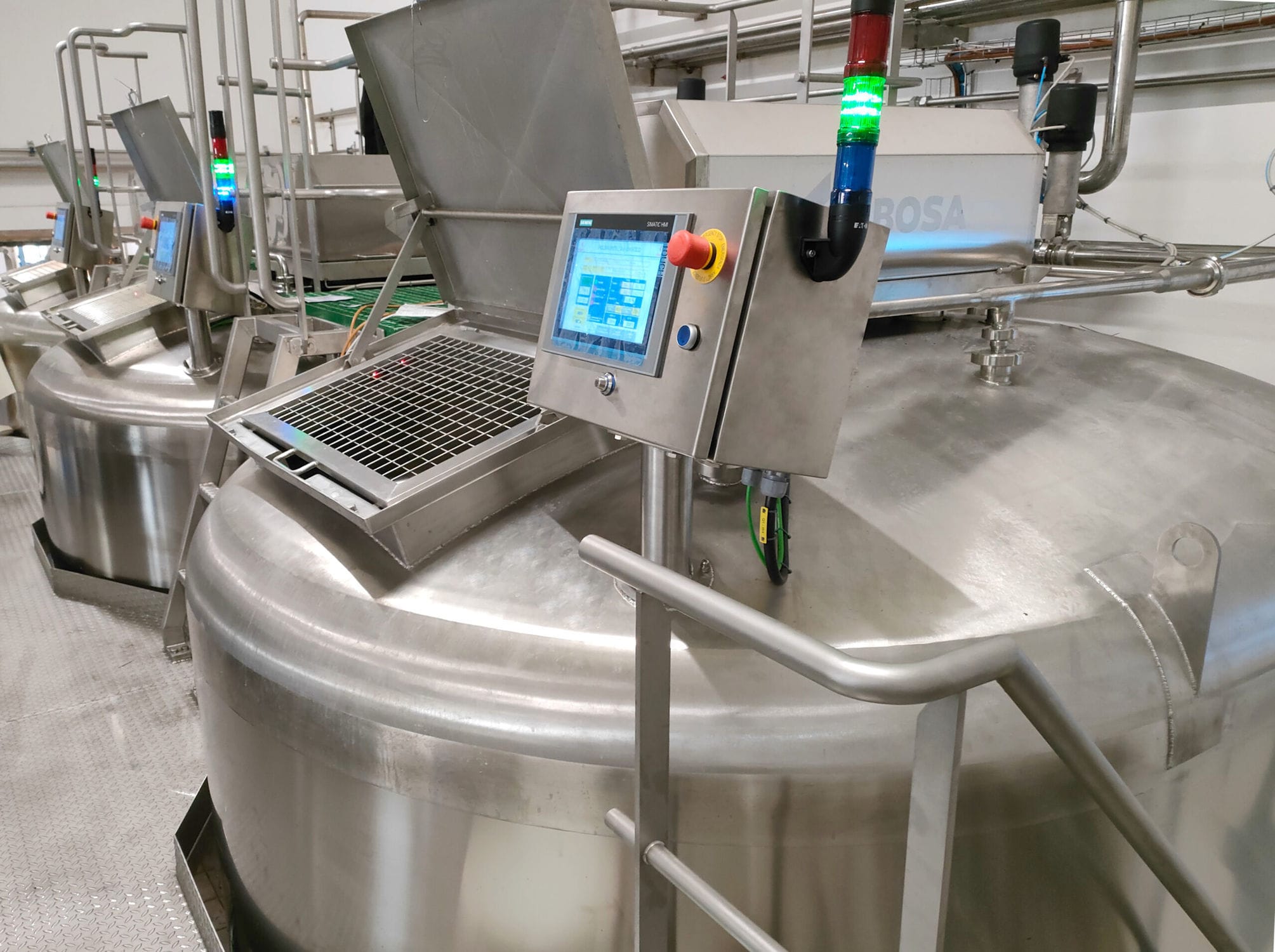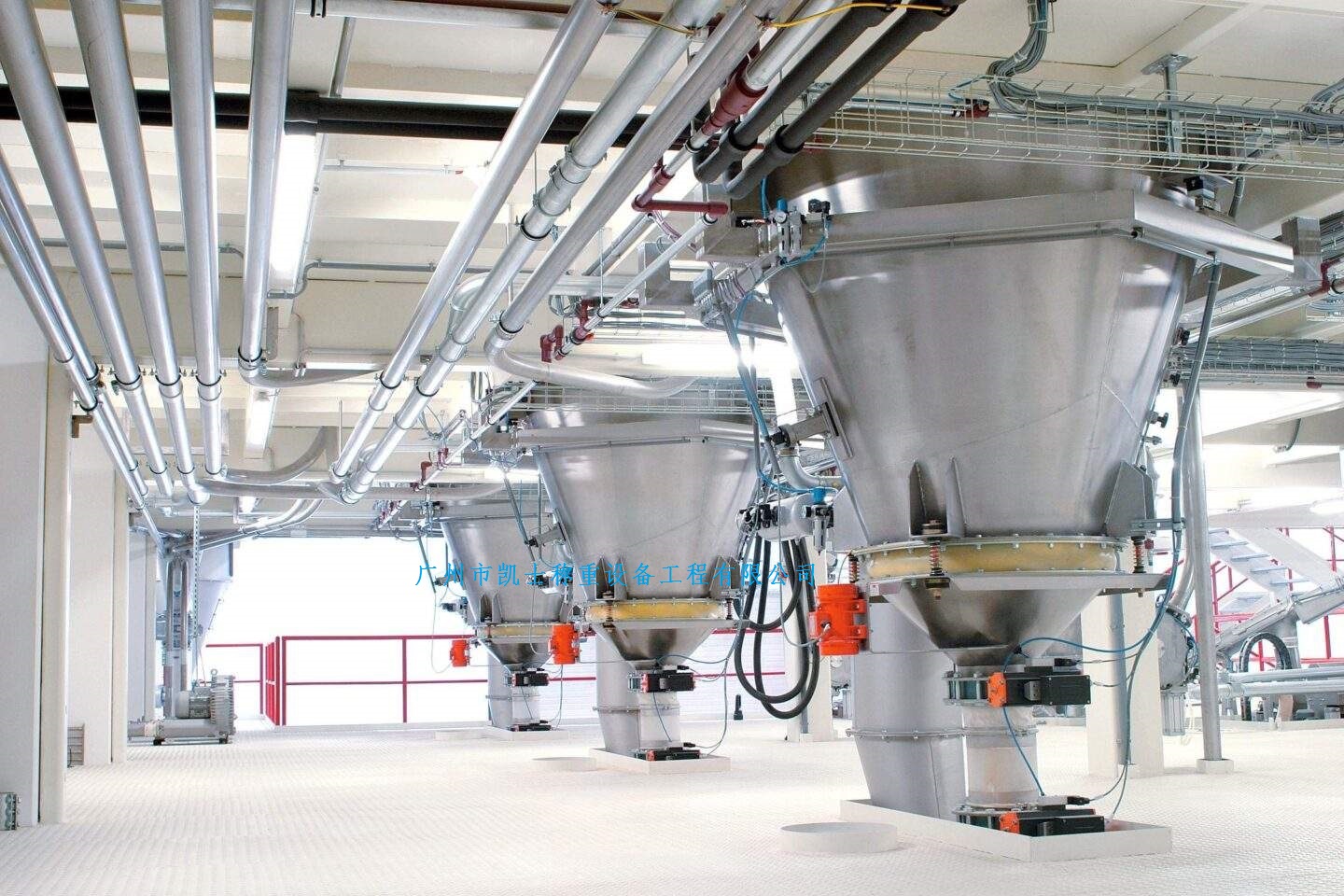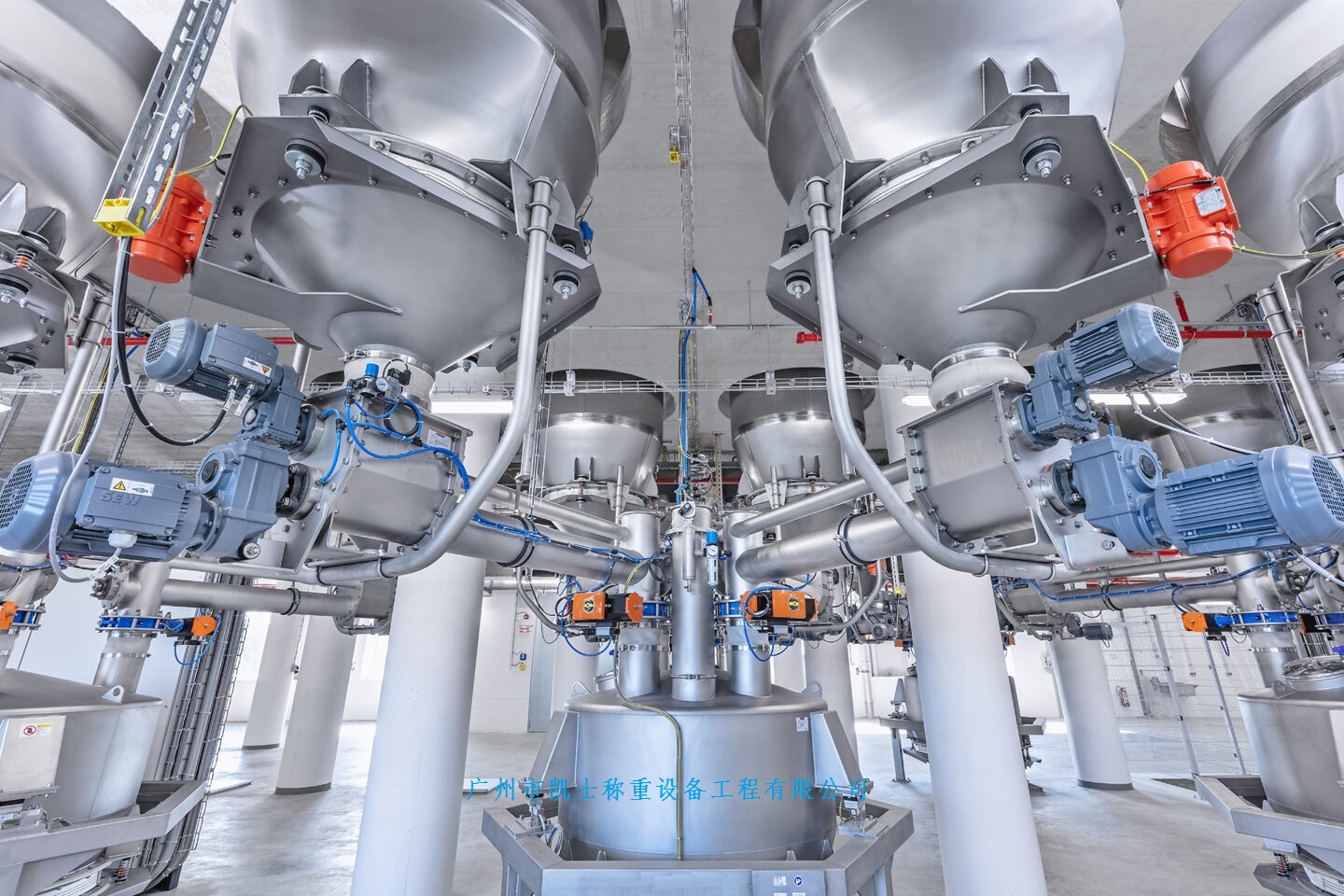

Powder conveying system including pneumatic conveying system is a conveying method of transferring and distributing bulk materials by air. The pneumatic conveying device has the advantages of simple structure and convenient operation. It can be used for horizontal, vertical or inclined direction conveying, and it can also carry out physical operations or some chemical operations such as heating, cooling, drying and air classification of materials at the same time during conveying.
 020-34563445
020-34563445Pneumatic conveying is an effective technology using gas energy to transport solid particles. It has the characteristics of simple equipment, small footprint, flexible layout, low construction cost, high emission and energy saving, no pollution, and high automation degree. The system has high powder/gas ratio, low gas consumption, low conveying speed, and effectively reduces pipeline wear. Pneumatic conveying system is divided into five parts: compressed air source and purification system, conveying bin pump system, conveying pipeline system, powder bin pulping receiving system and control system. The control mode of the control system is divided into remote control and field control, and the field control is divided into automatic control and manual control.
The feeding system, including the pneumatic conveying system, is a conveying method for transferring and distributing bulk materials by air. The pneumatic batching equipment has the advantages of simple structure and convenient operation. It can be used for horizontal, vertical or inclined conveying, and it can also carry out physical operations or some chemical operations such as heating, cooling, drying and air classification of materials at the same time during conveying. In the initial state, all valves are closed, start > exhaust valve open > Feed valve open > full feed signal (or the specified time)> Feed valve close > Exhaust valve close > Intake valve open > Pressure in the bin pump reaches the high limit > Pressure switch action > Delay > Discharge valve open > Powder delivery > Pressure in the bin pump drops to the low limit > Pressure switch pressure low signal > Intake valve close > Discharge valve close. A powder delivery work completed. The work of pneumatic conveying system is divided into four stages:
Feed stage
Open the exhaust valve; Open the feed valve, the material falls into the pump body by its own gravity, the role of the exhaust valve is to make the material smoothly into the bin pump body, and expel the residual gas in the pump. When the material in the pump body rises and touches the level switch, the level switch sends a full signal, the feed valve is automatically closed, and the exhaust valve is closed. The time monitoring program is set in the control system at the same time, when the material is added to a certain extent, there are two control methods, one is the feeding time control, the other is the level control, to ensure that the material switch failure can continue to complete the conveying work.
Fluidizing pressure phase
After the end of the feed program, the pneumatic intake valve is automatically opened, and the compressed air enters from the fluidization device at the bottom of the pump body and disperses through the fluidized bed; The material is fully vulcanized, and the pressure port on the upper part of the pump body is also air-inlet at the same time, and the air pressure in the pump gradually rises during the process of fluidization.
Transport stage
When the pressure in the pump reaches a certain value, the weighing module sends a signal, the discharge valve automatically opens, the material flow on the fluidized bed is strengthened, the transportation begins, and the material in the pump is gradually reduced. In this process, the material on the fluidized bed is always in the inlet and outlet pipe.
Purge stage
When the material in the pump is finished, the pressure in the pump drops to the resistance of the pipeline, the weighing module sends a signal, the pressure continues for a certain time, the compressed air sweeps the conveying pipeline, the intake valve is closed, the delay is a certain time, the discharge valve is closed, and the conveying cycle process is completed. Enter the next work cycle. The action time of the above components is automatically completed by PI instruction.




